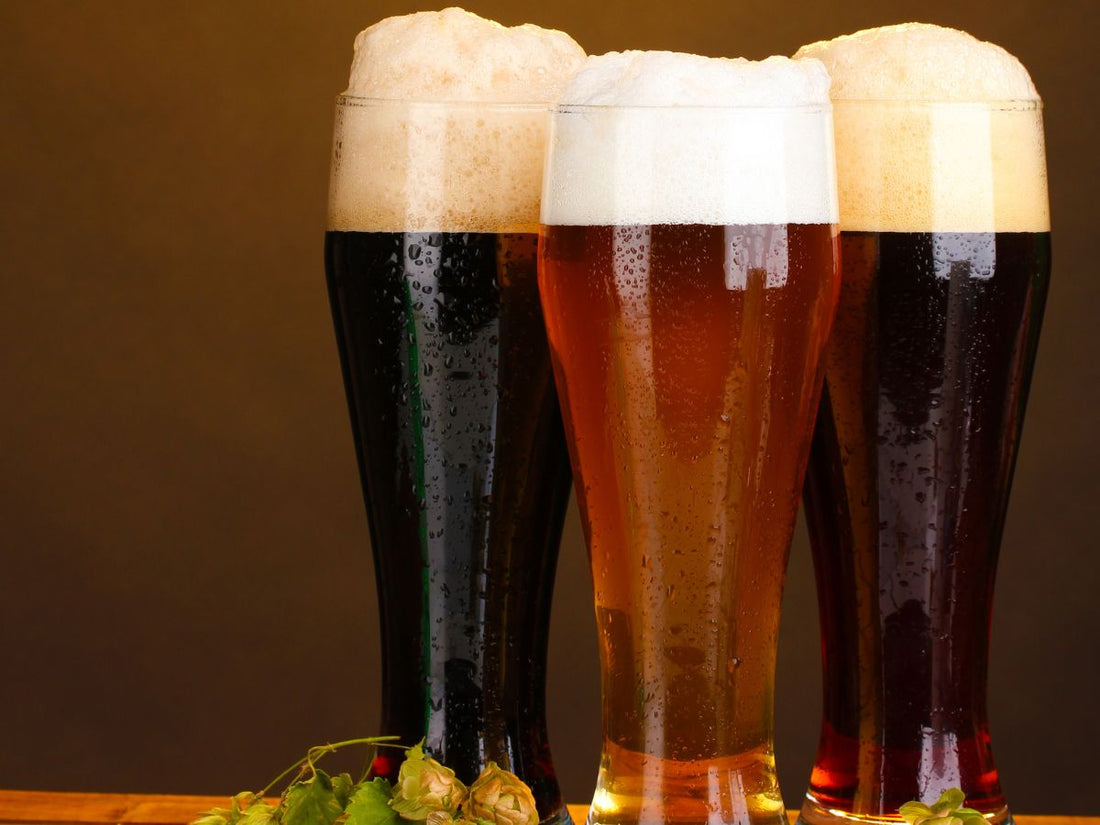Experience Costs Galveston Whiskey: An Aficionado's Joy
Experience Costs Galveston Whiskey: An Aficionado's Joy
Blog Article
The Ultimate Distillery Experience: From Grain to Glass, Every Little Thing You Need to Know
Starting a trip with the intricacies of the distillery procedure unveils a globe where science fulfills creativity in the creation of spirits. From the cautious selection of grains to the thorough crafting of each bottle, every action in the assembly line plays an essential duty fit the end product that beautifies our glasses. As we look into the nuances of aging, flavor, and distillation profiles, a much deeper appreciation for the workmanship and devotion behind each sip emerges. Join us as we unwind the layers of know-how and passion that culminate in the best distillery experience.
The Art of Grain Choice
Choosing the excellent grains is a crucial action in the purification procedure, determining the flavor profile and high quality of the end product. The kind of grain picked significantly influences the character of the spirit being created - Galveston Liquor. Typical grains made use of in distillation include barley, rye, wheat, and corn, each conveying distinctive tastes and features to the last item

Beyond taste considerations, the high quality and pureness of the grains are critical. Distillers carefully resource grains to guarantee they are without pollutants and have the necessary starch material for fermentation. By understanding the art of grain selection, distillers lay the structure for creating exceptional spirits that astound the taste.
Distillation Process Demystified
Having actually established the structure with precise grain option, the distillation procedure emerges as the transformative stage where the significance of the chosen grains is opened and improved into a perky form. The process does not finish there; several purification runs or additional steps such as maturing in barrels may even more improve the spirit, enhancing its character, taste, and complexity. Recognizing the complexities of the purification procedure is crucial for creating high-grade spirits that mesmerize enthusiasts and connoisseurs alike.
Barrel Aging and Taste Growth
Throughout the barrel aging process, spirits go through a transformative journey as they communicate with the timber, absorbing nuanced tastes and creating an abundant intricacy. As spirits age in the barrels, they draw out compounds such as vanillin, lignin, and tannins from the wood, contributing to the growth of fragrances like vanilla, caramel, flavor, and also hints of toasted oak.
Moreover, the aging process enables oxidation to occur, leading to more chain reaction that mellow the spirit and complete any kind of extreme edges. The porous nature of timber likewise allows the spirit to breathe, facilitating the integration of tastes gradually. Depending upon the duration of aging and ecological problems like temperature and moisture, spirits can get different characteristics, from refined timber notes to deep, complicated tastes that make each set distinct. Ultimately, barrel aging plays a crucial function in shaping the distinctive taste account of each spirit, using a sensorial journey for aficionados to enjoy.
Craftsmanship in Bottling and Identifying
As spirits reach their optimal flavor accounts through barrel aging, the careful craftsmanship in labeling and bottling comes to be the next important step in providing a costs product to consumers. The procedure of bottling and labeling is an essential element of the total distillery experience, as it is the final touchpoint before the item gets to the hands of consumers (Breweries in Galveston Texas). Craftsmanship in bottling includes guaranteeing that each container is loaded precisely with the spirit, thinking about variables such as consistency in fill levels and the prevention of any type of contaminations entering the bottle

Tasting and Appreciating Fine Spirits
To fully value fine spirits, one must engage all the senses in a mindful and purposeful sampling experience. When sampling penalty spirits, it is necessary to start by observing the spirit's appearance. Note the color, clarity, and viscosity of the fluid in the glass. Swirl the spirit delicately to launch its fragrance. The nose is a crucial feeling in sampling spirits; take a moment to inhale the facility aromas deeply. Next off, take a tiny sip and allow it remain on your taste buds. Focus on the various tastes that Read Full Report unfold - from fruity and sweet notes to spicy or smoky touches. Consider the mouthfeel, noting if the spirit is smooth, creamy, or fiery. Swish the spirit in your mouth to totally experience its structure and taste. Ingest gradually and appreciate the lingering coating. Great spirits commonly leave a pleasurable aftertaste that can reveal even extra regarding the craftsmanship and quality of the drink. By involving all your senses in this manner, you can absolutely relish and appreciate the intricacies of fine spirits.
Conclusion
In verdict, the distillery experience includes the intricate art of grain choice, the precise purification process, the transformative barrel aging, the careful craftsmanship in bottling and identifying, and reference the advanced practice of tasting and appreciating fine spirits. Each action in the production procedure plays an essential function in creating top notch spirits that captivate the senses and joy connoisseurs worldwide.
The type of grain picked considerably affects the character of the spirit being created. By understanding the art of grain selection, distillers lay the foundation for producing remarkable spirits that mesmerize the taste.
/https://static.texastribune.org/media/files/ad5ab7b80fc5f2bd06df97dde9a096d4/01%20Beer%20to%20go%20SF%20TT.jpg)
Report this page